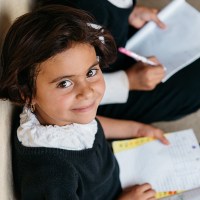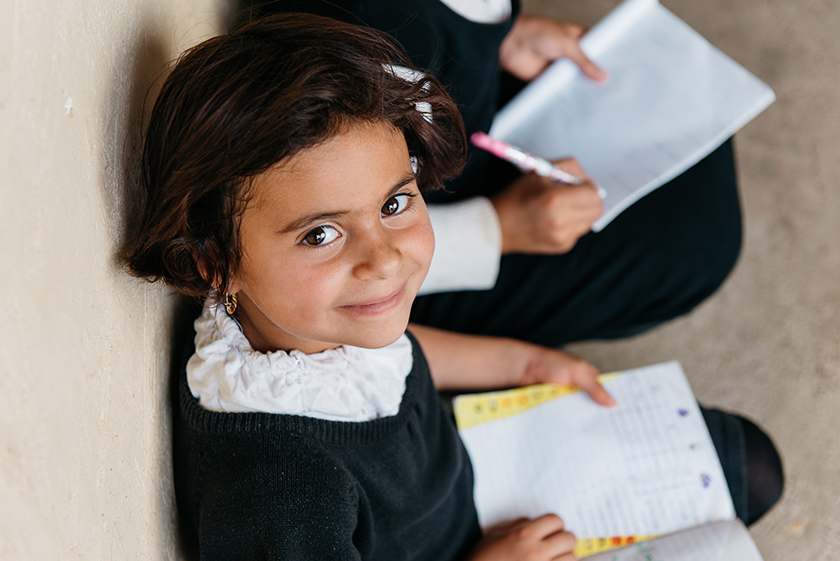When teachers enter their classrooms next week, Ramadan will already be underway. It begins on May 5th this year—towards the end of the school year. This holiest season for Muslim students—a time for prayer, fasting, and intentionally drawing closer to God—will be peppered with completing assignments, writing exams, and snack-filled study sessions.
For many students, fasting from all food and drink from sunup until sundown, particularly during warmer months, can have a real impact on energy levels and concentration. But there are things every teacher can do to make Ramadan a positive experience for their students.
This isn’t about bringing faith into the classroom, it’s about helping students be their best.
1. Make sure your classroom and school are safe spaces for all students.
Every child deserves dignity and respect—no student should be made to choose between practicing their faith and getting an education.

2. If you are not Muslim, learn about Islam to better understand your Muslim students.
Just as Christianity is a faith with many forms of expression, so is Islam. Observing Ramadan is universal for practicing Muslims, but its expression can look different depending on community and culture. Not all Muslims fast, not all Muslims can fast, and not all Muslims begin to fast at the same age.
Read about Ramadan from a wide range of sources and perspectives. Explore the particularities of the Islamic community where you live. Don’t put the burden of educating you about Islam on your students, though you may consider inviting parents in to have a conversation about what the practice of Ramadan means for their family and student.
3. Give them options that will help them succeed.
Communicate with parents. Let them know you’re supportive of their child and want to help make Ramadan a success. Ask them if there are things you can do to make that happen.
For students who are fasting, consider providing indoor spaces for taking recess in warm weather, and suggesting alternative activities during gym class. If classrooms are hot, consider bringing in fans during class and exam times—which will benefit all students!
For students who say the traditional prayers (five times a day), consider ensuring there is a clean spot with a little privacy for them to pray. Older students will find spaces of their own—in libraries, under stairwells, or other out of the way places. But for younger students, creating their own space may not be possible or safe. While public schools can’t designate areas for religious activities, it doesn’t take much effort to make a way. Doing so is guaranteed to make a child feel loved and supported.

4. Use the occasion to explore commonalities.
For Muslims, Ramadan is a special time for family, building character, and fostering compassion. These qualities are common to most faiths and beneficial to everyone. In Islam, fasting is an opportunity to understand, in a small way, the suffering of the poor. It’s meant to open your eyes and hearts to others and compel you to respond with generosity.
It can be a great opportunity for students from every background to share how their own community or tradition builds up family, character, and compassion. And in this way, it can become an opportunity to learn and grow together.
5. A special note for teachers of students who are recent immigrants or refugees
For immigrant and refugee communities, keeping Ramadan traditions alive can be an important thread linking them to home. Students might be triggered by memories and find themselves homesick for relatives who are no longer alive, houses that no longer exist, or communities too dangerous to return to.
Teachers are trained to recognize signs of trauma or distress in children. Be aware that some of your Muslim students might need a little more care during this time.

Ramadan can be an opportunity for teachers become peacemakers in their classroom. They can bring students together in their diversity, and open up conversations about commonalities and differences. They can set an example of loving people regardless of differences in faith traditions.


